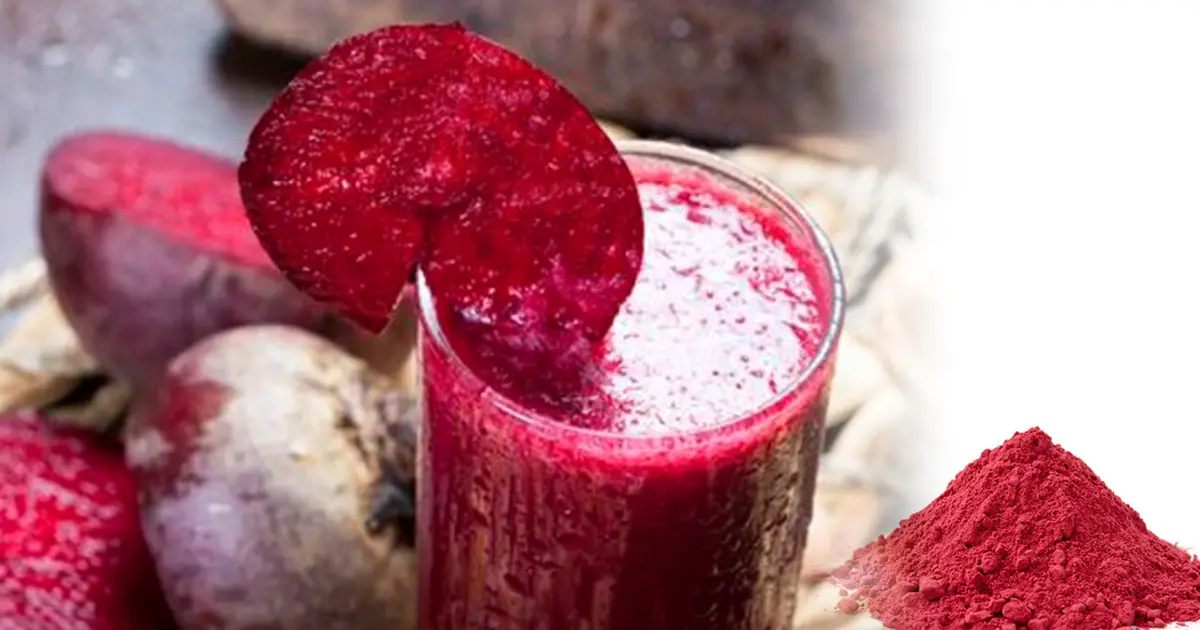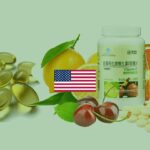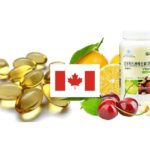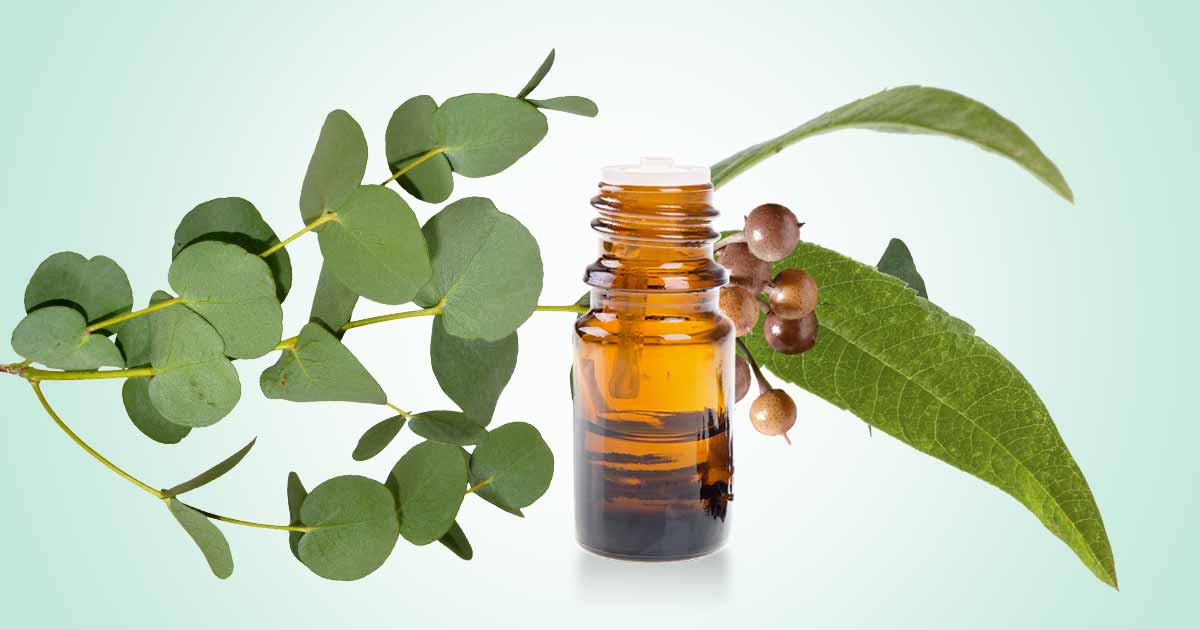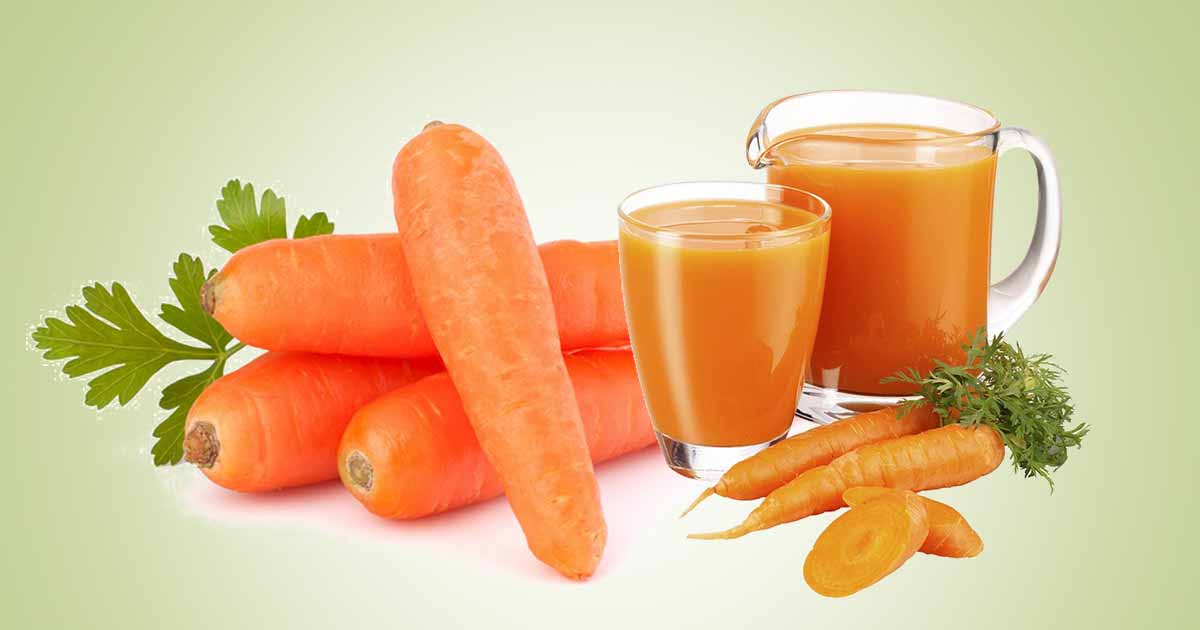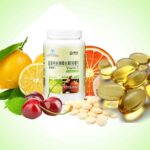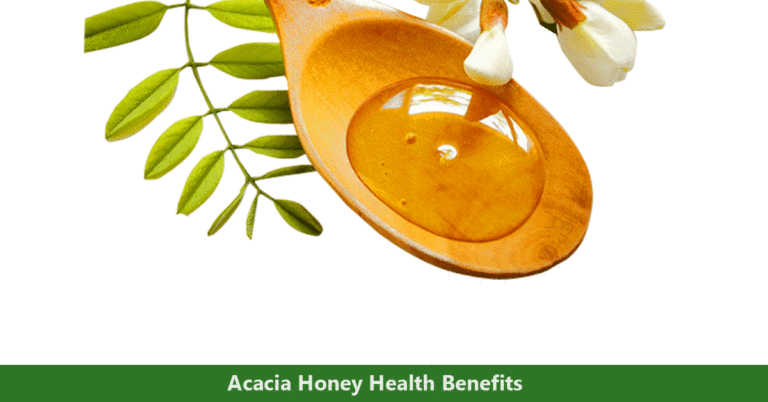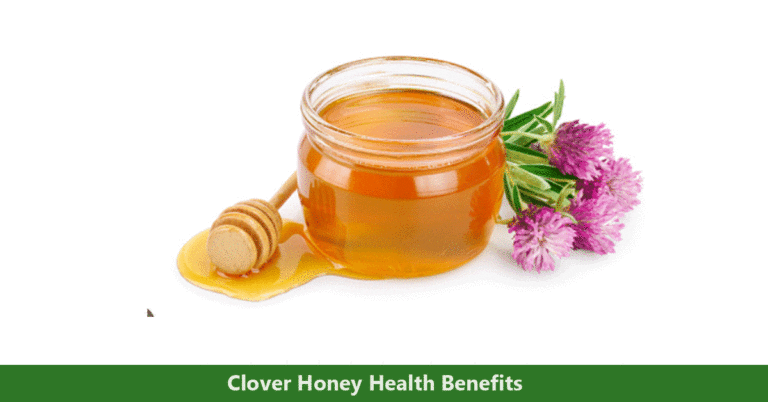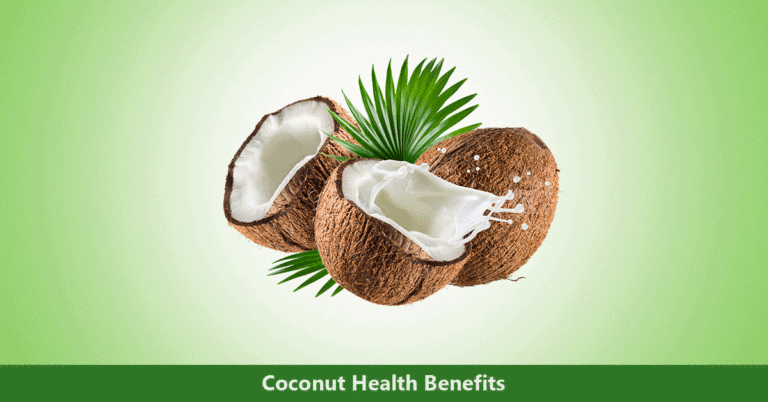Beetroot juice is a simple combo of beetroot, celery, and apple. Beet is one of the healthiest and most medicinal vegetables. It has been scientifically proven to lower blood pressure and improve cardiovascular health, along with other numerous functions. This is a result of the diverse nutritional composition it possesses ranging from vitamins, minerals, folate, etc.
Read more on the nutritional composition and health benefits of beetroot.
Juicing beets is highly recommended because it preserves their nutritional value, unlike cooking.
Step-by-step on How to Make Beetroot Juice
Ingredients Needed
- 1 small red beetroot
- 1 large apple (or 2 small ones)
- 2 celery stalks
- 1–2 carrots
- 1/2 lemon or lime
- 1/2 inch small piece of ginger
- Optional ingredients to add for flavor includes citrus fruits, cucumber, honey, basil, mint, etc.
Directions
- Gather your ingredients as listed above. Ensure that none is lacking.
- Wash all the ingredients in clean running water. Allow them to dry, or use a dry-clean cloth or parchment paper to do so.
- Peel and cut the beetroot and carrots into long pieces. Slice the apple and celery into long pieces as well. Remember to remove the seeds of the apple.
- Place a container directly under the nozzle of your juicer or blender to help you collect your juice.
- Add your ingredients (Beetroot, Apple, Celery, Carrot, and Ginger) into the juicer or blender and turn it on. Do not add your lemon or lime to the juicer.
- When you are done juicing, squeeze the lemon or lime into the juice and stir to mix properly.
- Pour the beet juice into a glass cup and drink immediately. It is best served chilled.
Pro Tips for Preparing Beet Juice
- Use fresh, not wilted, and firm beetroot for your beet juice. This is to avoid altering the taste.
- Unadulterated beet juice has a strong taste. Hence, it is advisable to mix it with other fruit or vegetable juice to avoid any potential side effects.
- If you are using organic vegetables and fruits, do not peel them. Just wash, slice, and blend.
How to Make Beetroot Powder
- Firstly, thoroughly wash your beets under clean running water.
- Grate or slice them or dice them with a good processor.
- Place them on clean parchment paper and dry them under the sun for at least two days (48 hours). To achieve a faster result, you can preheat your oven to 180F and dehydrate your grated beets for a maximum of 20 minutes. The beets are done when they become crispy, crunchy, and dry.
Another alternative to drying under the sun and using the preheated oven is to use a dehydrator. This process might take your beets about 4 to 12 hours to fully dry depending on the settings of your dehydrator.
- When your beets are dry, put them into your blender or coffee grinder and grind them till you get a fine pinkish powder.
Your beet powder is ready for consumption. Store in a dry, clean, sealed, or airtight container at room temperature. Remember to keep away from light.
You can add beet powder to your smoothie or use it as a colorant in your foods such as pasta, sauce, stew, rice, etc. Beet powder can also be used as a dye on fabrics made from natural fiber such as linen and cotton.
Beet powder can also be mixed with a small quantity of coconut oil to make a natural blush or lips moisturizer.
10 Frequently Asked Questions About Beetroot
1. Can I eat beetroot raw?
Yes, you can eat beetroot raw and whole. You can peel and grate it into your salads or as a garnish.
2. What is the nutritional composition of beets?
Beets are rich in proteins, vitamins (such as A, B, and C), minerals (such as iron, calcium, zinc, potassium, magnesium, manganese, etc.), folate, inorganic nitrate, etc.
3. What are the health benefits of beets?
Beets have numerous health benefits, ranging from lowering blood pressure, improving cardiovascular functions, boosting the immune system, preventing cancer, etc.
4. Can a pregnant woman and a breastfeeding mother take beets?
There is no adequate, reliable evidence to determine if beet is safe to use for pregnant women and breastfeeding mothers. Hence, it is safer that they steer clear of it.
5. What are the side effects of beetroot?
Too much consumption of beets might cause the blood pressure to be lower than normal. Sometimes, your stool and urine can become red or pinkish. This condition is harmless and known as beeturia. Also, beets might cause low calcium levels and be harmful to people who are prone to calcium oxalate kidney stones.
Beetroot allergies have been reported in infants and children who’s immune system are weak and developing. Hence, extra caution is required to avoid gross side effects in them. To avoid such problem, always consult your Ayurvedic physician..
6. How do I store beetroot?
A fresh beetroot stored in a cool, dark place will maintain its freshness for many weeks and a few months.
7. Do beets cause kidney disease?
There is no research to prove that beets cause kidney disease. However, too much consumption of beets can worsen kidney diseases.
8. What is the best way of taking beetroot?
Beetroot can be eaten whole, cooked, powdered or juiced. However, it is best to juice it because, unlike cooking or boiling, the process does not reduce its nutritional value. Also, juicing will give you the liberty of adding your preferred fruits such as carrot, celery, etc. to neutralize the strong taste of beets.
9. Who should not take beets?
Anyone who is suffering from low blood pressure or is already taking medications to lower blood pressure should stay away from it. Also, people who are at high risk of kidney disease are advised to avoid beets.
10. Does beets interact with drugs?
Beetroot juice contains large amounts of nitrates that might negatively interact with some medicines that lower blood pressure. Thereby causing a great drop in blood pressure.
List of Reference
- De Oliveira, L. C. L., Genov, I. R., Cabral, E. D. C., Mello, Y. A. M. F, Mallozi, M. C., and SolÃ, D. (2011) Anaphylaxis to beetroot (Beta vulgaris): a case report. ClinTransl Allergy. Available from:
- https://www.ncbi.nlm.nih.gov/pmc/articles/PMC3354182/pdf/2045-7022-1-S1-P51.pdf

